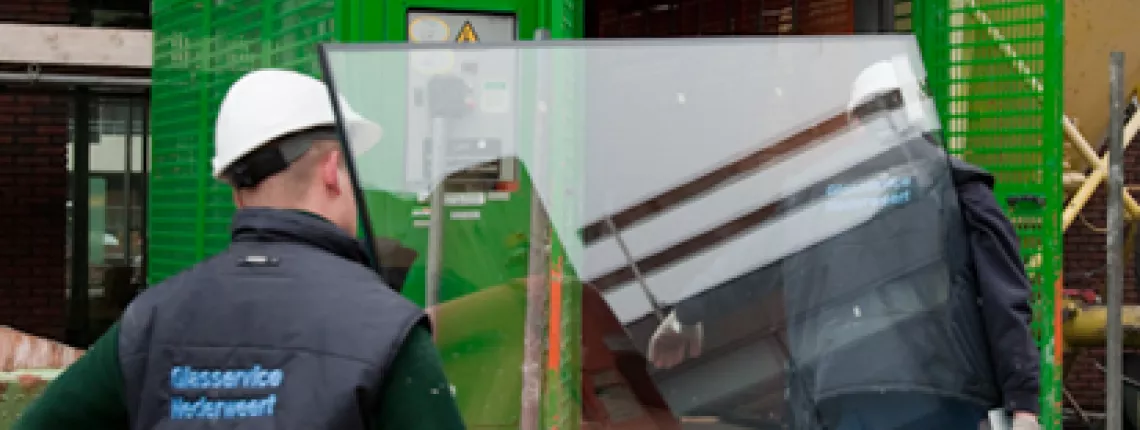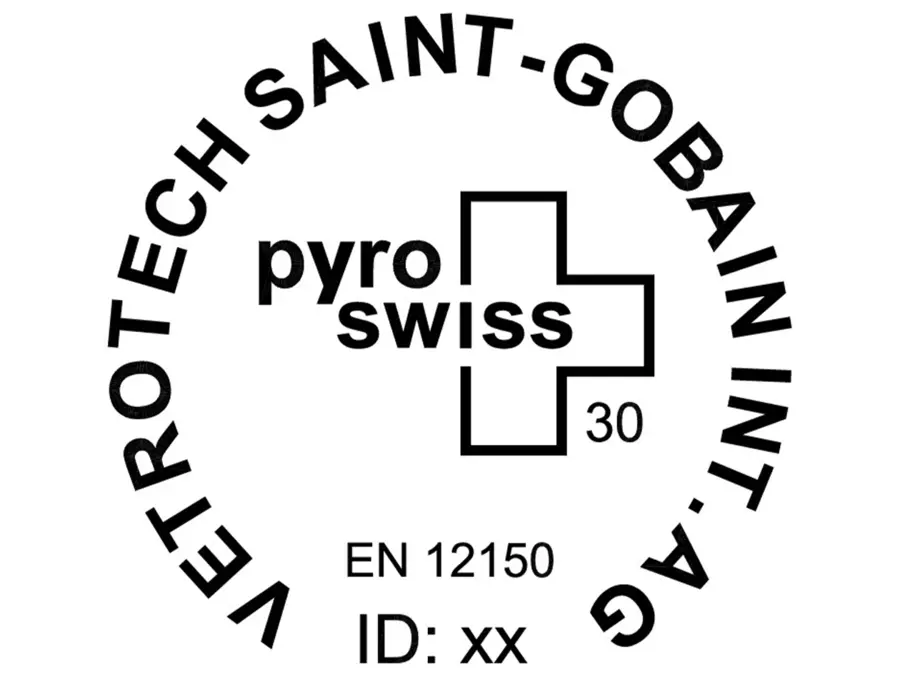Why Choose Tempered Glass Over Non-Tempered Annealed Glass

Advantages for installers and building owners
Transportation and on-site storage of construction materials can be delicate processes, with the risk of breakage always looming. Tempered glass mitigates this risk, as its enhanced strength makes it more resistant to the shocks and vibrations experienced during transportation and thermal shocks that can occur during site storage. Building owners and installers can have peace of mind knowing that the glass will arrive at the construction site intact, reducing the need for replacements and associated costs.
Tempered glass also reduces the time spent in the field during installation. Its strength and durability mean that installers can proceed with their tasks without the delays often associated with handling fragile materials and almost inevitable risk of field replacement when manipulating multilayered laminated annealed glass. This efficiency not only saves time but also contributes to a more streamlined construction process, allowing for quicker project completion.
Once the building is complete, facility managers benefit from the long-term advantages of tempered glass. Its resistance to breakage and impact reduces the frequency of replacements, resulting in lower maintenance costs over the lifespan of the building. This durability can also contribute to the overall sustainability of the building.
In conclusion, tempered glass stands as a beacon of efficiency in the realm of construction materials. Installers and building owners alike are drawn to its superior strength, impact resistance, and the subsequent advantages it brings to every stage of the construction process. From reduced loss during transport to time savings in the field and less maintenance for facility managers, the use of tempered glass elevates the standards of safety and efficiency in building applications, making it a smart and forward-thinking choice for modern construction projects.
Below, we explain how tempered glass gains these powerful advantages – and how to be sure you’re using the appropriate product in the right application.
The difference between tempered and regular annealed glass
The “regular,” untreated glass that comes off a glass manufacturer’s float line is known as annealed glass. In coming off the line, this glass undergoes a controlled cooling process that helps eliminate internal stress within the glass that could lead to breakage during later processing. While this glass may offer many advantages in appearance and light transmission, and can be fabricated into many different products, it isn’t necessarily strong enough to withstand significant impact or high temperature and thermal stress. Moreover, when impacted, annealed glass breaks in jagged shards that can cause serious injury.
Tempered glass is a type of safety glass that undergoes a special heating and rapid cooling process that increases the strength of the glass. This fabrication process results in a toughened glass product that is four to five times stronger than annealed glass. Tempered glass can better withstand impact and maintain its integrity even when exposed to high temperature. This heat treated glass also has a high edge strength that helps prevent thermal breakage due to direct exposure to sunlight or other heat sources.
When tempered glass does break, it crumbles into small, relatively smooth “pebbles” that reduce risk of injury. Because of this breakage pattern, tempered glass is considered a safety glass product.
Where to choose tempered glass instead of annealed glass
Tempered glass ensures the safety of building occupants in any high-traffic area. In fact, national or local codes may require the use of tempered safety glass in areas where breakage could result in injury. Areas where use of tempered monolithic or laminated safety glass may be required by code includes:
- Glass within doors
- Shower doors
- Glass partitions
In addition, architects or building owners may opt to use tempered glass (monolithic or laminated) in applications where additional impact safety, wind load, or static load resistance is required. These areas may include:
How tempered glass is made
Thermally tempered glass is made by heating annealed glass sheets in a furnace to temperatures as high as 700⁰C which is just above the softening temperature of glass. Before being heated, glass sheets are cut to size, processed and edge worked. The glass is moved through the tempering oscillating furnace on rollers that conduct the heat and ensure even heating of the glass. The glass is then rapidly cooled by blasting air on both surfaces. This results in the two outer surfaces contracting and solidifying before the interior, which induces permanent compressive stresses into the surfaces of the glass. The interior of the glass naturally balances the compressive stress surface layers by being under tensile stress. It is these properties which result in the increased strength and safe breakage characteristics of thermally toughened glass.
The tempering process does not change the glass’ light transmission, solar heat reflection, or other inherent product characteristics. However, this process does increase the glass’ compressive and bending strength and its thermal shock resistance. Because tempered glass can withstand a temperature difference of up to 250°C, it is used in fire-rated glazing systems.
Any fabrication that will include cutting into the glass must be done before tempering. Tempered glass cannot be cut, drilled, carved, or etched or it will shatter.
The Making of Tempered Glass
Ever wondered how glass is tempered during the manufacturing process ? Watch this video to learn more.
How to identify tempered glass?
Tempered glass usually bears a permanent marking in the corner naming the product manufacturer, product classification, and the standard to which it has been manufactured. This emblem demonstrates that the glass has been tested according to test procedures set out by those standards incorporated within the relevant national or local building code.
In Europe, EN 12150 standard sets out manufacturing, performance, and testing requirements for tempered, or thermally toughened, glass products.
Vetrotech Saint-Gobain’s tempered glass bears EN 12150 stamp that demonstrates it has been certified for its ability to meet its promised performance per the CE marking requirements of EN12150-2.




